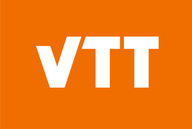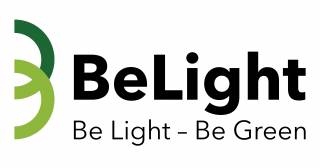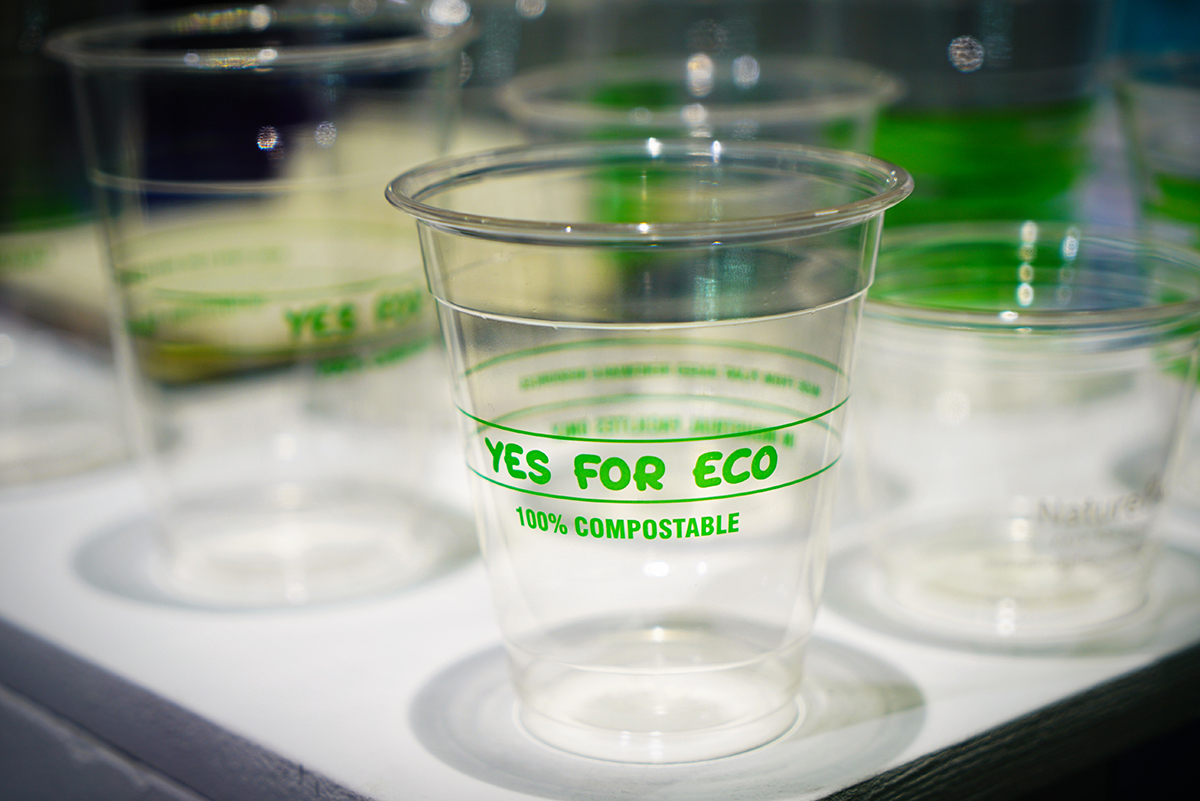Students study the reusability and lifespan of bioplastics
There is a great need for biobased foam materials instead of traditional petroleum-based plastics and foams. Students from HZ University of Applied Sciences, Avans Hogeschool and the Tampere University of Applied Sciences (TAMK) in Finland have conducted research into the applicability of compostable and reusable bioplastics as part of the BeLight project. They did not let themselves be hampered by the corona crisis and went online in search of answers to difficult issues.
Students’ research
Four international teams of four students each presented their findings during an online event. They had conducted literature research, spoke to people in the construction and packaging industry and specialized lecturers and associate professors. Both sectors still use a lot of traditional plastics for, for example, insulation material or protective packaging.
With their research, the students wanted to gain more knowledge and insight into the reusability and lifespan of bioplastics. Two teams focused on the applicability of polymeric foam materials, such as polylactic acid (PLA). The other two teams focused on materials made of cellulose and mycelium, the network of all the threads of a fungus.
Their presentations at the closing event were assessed by a jury of lecturers from Finland and the Netherlands. The quartet paid attention to the teamwork, the scientific basis and the way of presentation. Due to corona, the students often worked from home. They maintained contact via Teams, e-mail and WhatsApp.
Recycling
In the final competition the teams showed that they have thoroughly studied both topics. They all investigated how both countries are faring in this respect.
The Netherlands clearly produces a lot of plastic compared to Finland. The Scandinavians are an example country for reducing plastic products. No other country in the world is better at it. In turn, the Netherlands is good at separating, sorting and recycling plastic. The levying of a deposit on small plastic bottles (as of 1 July) is also a step in the right direction, but much more needs to be done in both countries, the students agreed unanimously. “Then the development of alternatives will accelerate.”
Packaging industry
The Finnish-Dutch team of Agata Kočarian, Anna-Maria van Dorst, Bishal Kandel and Edgars Horošmans was declared the winner of the BeLight Challenge. They conducted research into the applicability of cellulose and mycelium, especially in the packaging industry.
Conclusion? Mycelium certainly has a great future as a sustainable raw material. All market forecasts indicate this as well. Anyone can grow the mushrooms. Moreover, they grow quickly and require little energy and water. It is therefore a product with a small ecological footprint. Mycelium can also be used in several products. The risks mentioned by the students are that (the quality of) the mycelium can differ from time to time and that it is not equally suitable for all applications. However, according to them, these do not outweigh the benefits.
International cooperation
BeLight is a Tampere University of Applied Sciences’ (TAMK) project. In addition to the search for applicable bioplastics, international cooperation is central to the project. On the one hand it improves research, on the other it stimulates students to learn to be part of international networks. The university of applied sciences in Finland has been working together for some time with the HZ chemistry programme. For example, researchers from the Marine Biobased Specialties research group and lecturers from the Chemistry programme gave lectures and practicals to Finnish students last year. In that week the university focused on Dutch seaweed research.
Together with Avans Hogeschool, HZ owns the Centre of Expertise Biobased Economy.
Text: Eugène de Kok (alkuperäinen teksti on julkaistu hollanniksi Hanze UAS:n sivuilla)
Dienst Marketing, Communicatie & Internationalisering
Hanze University of Applied Sciences
Photo: Shutterstock



